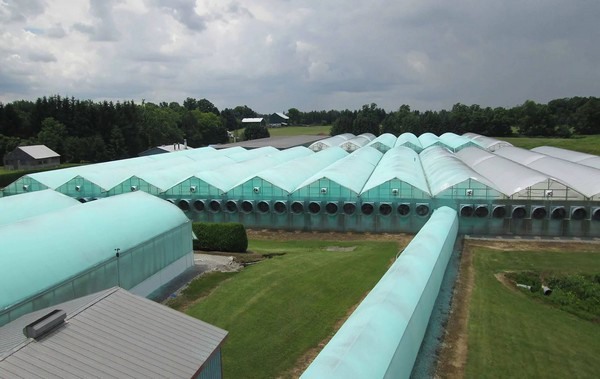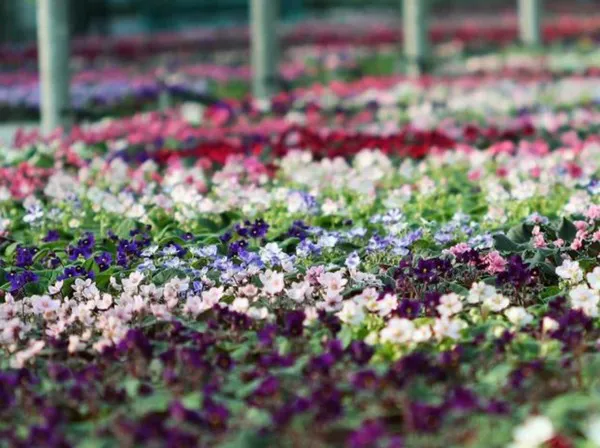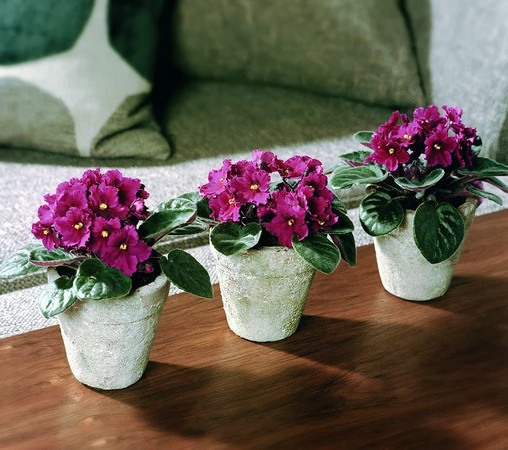“The technology has stimulated growth, improved the quality of our flowers, and has led to using fewer fertilizers and chemicals,” says Bart Kouwenberg, Head Grower at Harster Greenhouses, a 15-acre greenhouse in Canada. In this article, Kouwenberg shares why they decided to start using this technology, and the ways in which it has enhanced their production.
How does it work?
The Moleaer Bloom 50 nanobubble generator improves the water quality by increasing dissolved oxygen levels in irrigation water supplies. Kouwenberg explains, “We have a pump that injects the nanobubbles into our irrigation tank. It keeps circulating until the nanobubbles reach the optimal level, after which the water is ready to be used on the crops.” The increased dissolved oxygen levels support root development and oxygenation, increasing nutrient uptake. It also has proven to reduce pathogens like Pythium and Phytophthora by as much as 90% and remove and prevent biofilms from surfaces.
Reducing growth cycle
According to Kouwenberg, the main reason for installing the technology was their aim of increasing the greenhouses’ efficiency. “The growth rate of the crop is quicker because of the increased intake of food and oxygen. For our violet production, we have gained a week to ten days in our crop cycles, ever since using this technology. Overall, this means that we gain a couple of crops per year. This is really important for us, as it is increasing our production, which helps us meet our growing demand.” In addition, Kouwenberg notes that the quality of the flowers has increased as well, as the oxygen makes the colors brighter.
Using less fertilizer
The technology is also helping Harster Greenhouses to reduce their use of fertilizers and chemicals. “As a result of the technology, we have had to adjust some of our processes according to the increased growth, such as the amount of fertilizers we use. For example, I used to feed the violet crops 1.5 EC fertilizer, whereas I now use 1.3. Of course, using less fertilizer is more environmentally friendly and it also saves us money. In addition, we used to add chlorine to the water, which we now don’t have to do anymore. Again, this is saving chemicals, which is a great step towards becoming more environmentally friendly.”
Expanding the use
“We now also have a portable system, which means we can go to different sections at different times. This enables us to use the nanobubbles on more crops.” Harster Greenhouses’ future expansion includes nanobubbles as well. “We are planning to expand our facility, and because we know now how well this technology works for us, we will be using more of it then. More and more growers are becoming aware of the technology’s benefits, and we are definitely trying to spread awareness to other growers, as the benefits have been great for us.”
For more information:
Harster Greenhouses
www.harster.ca
For more information: Moleaer
Moleaer
info@moleaer.com
moleaer.com
